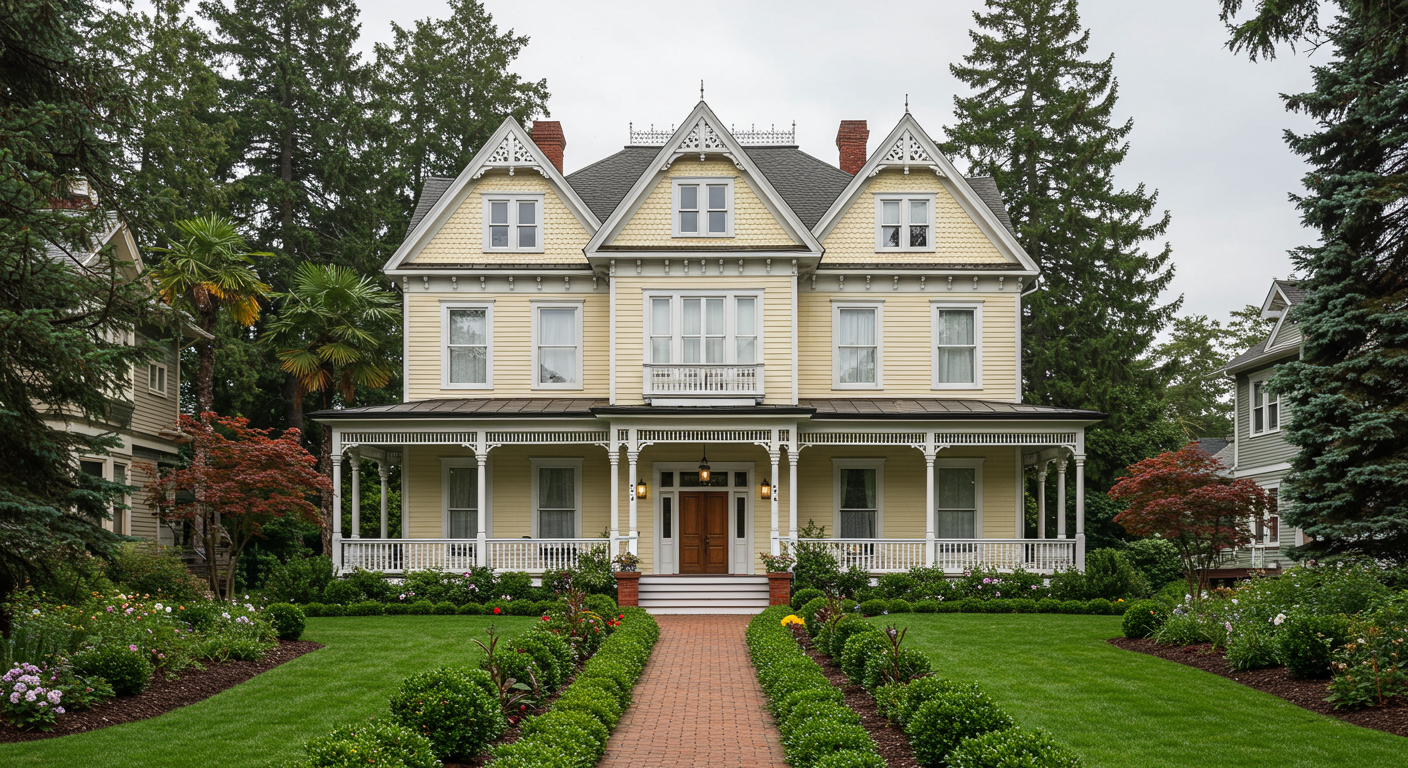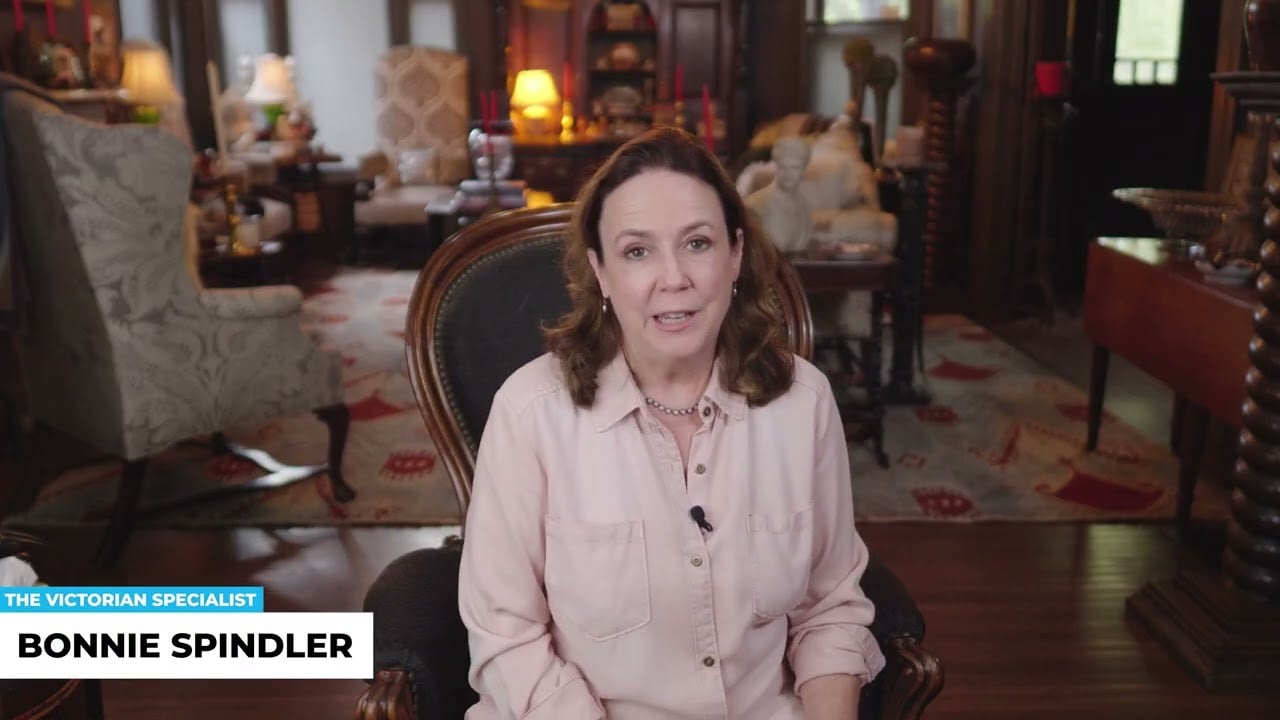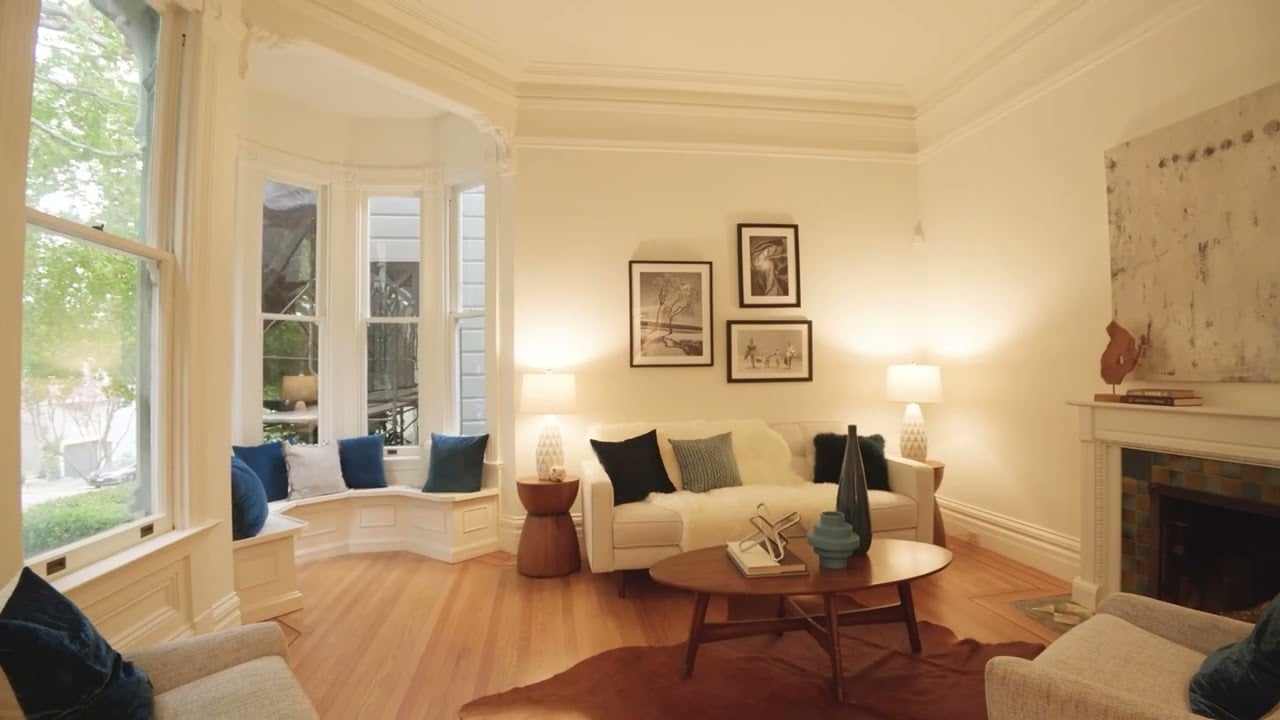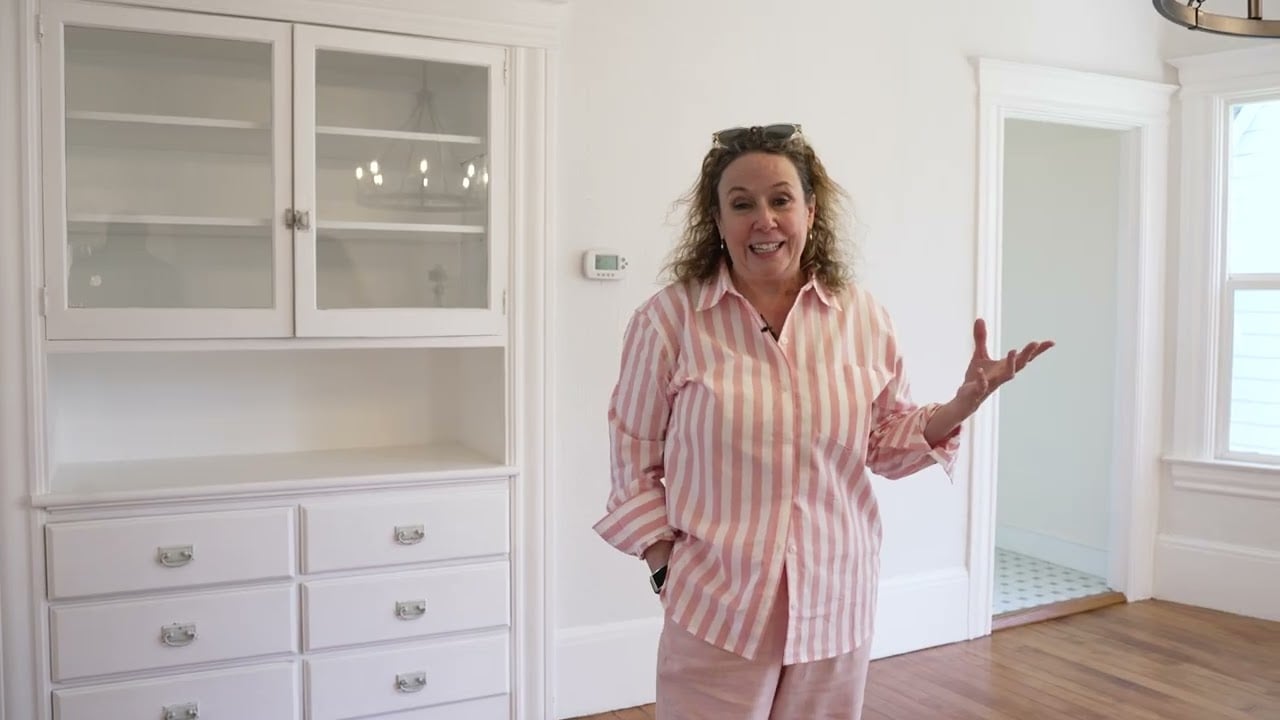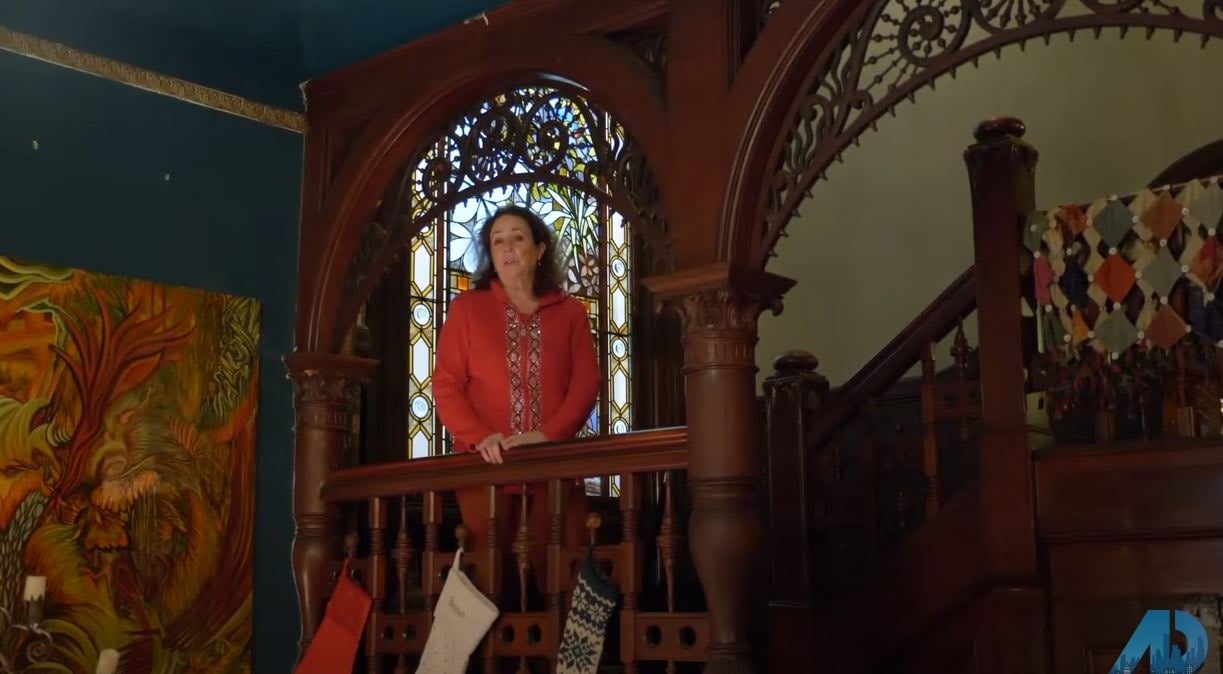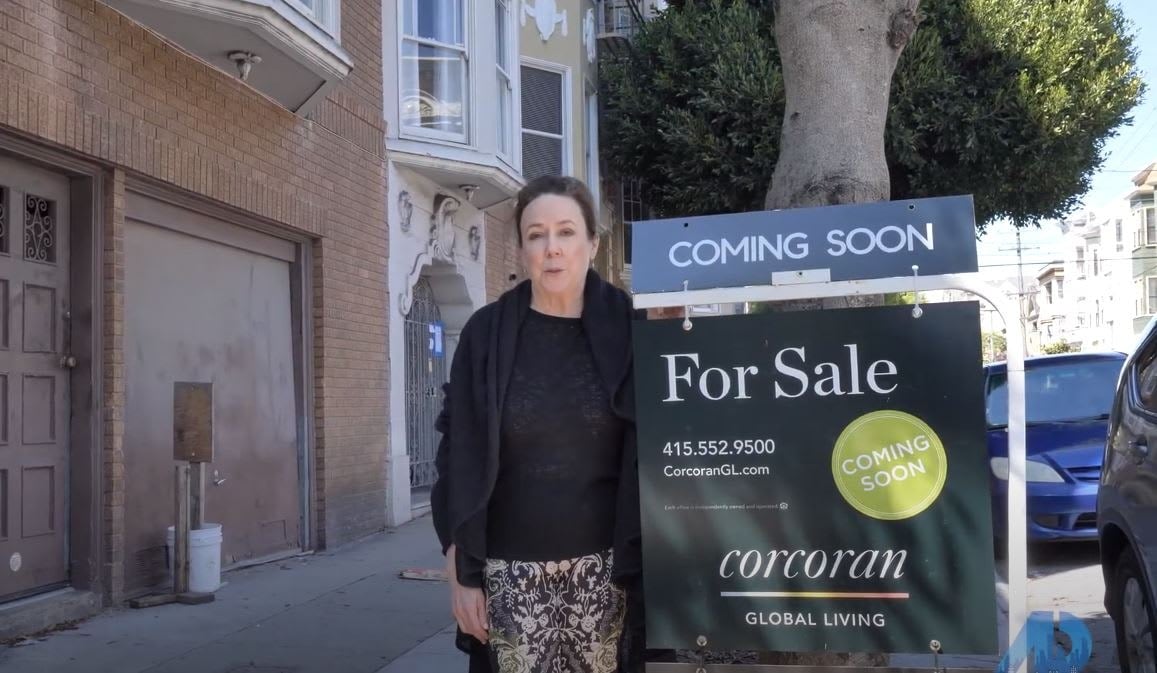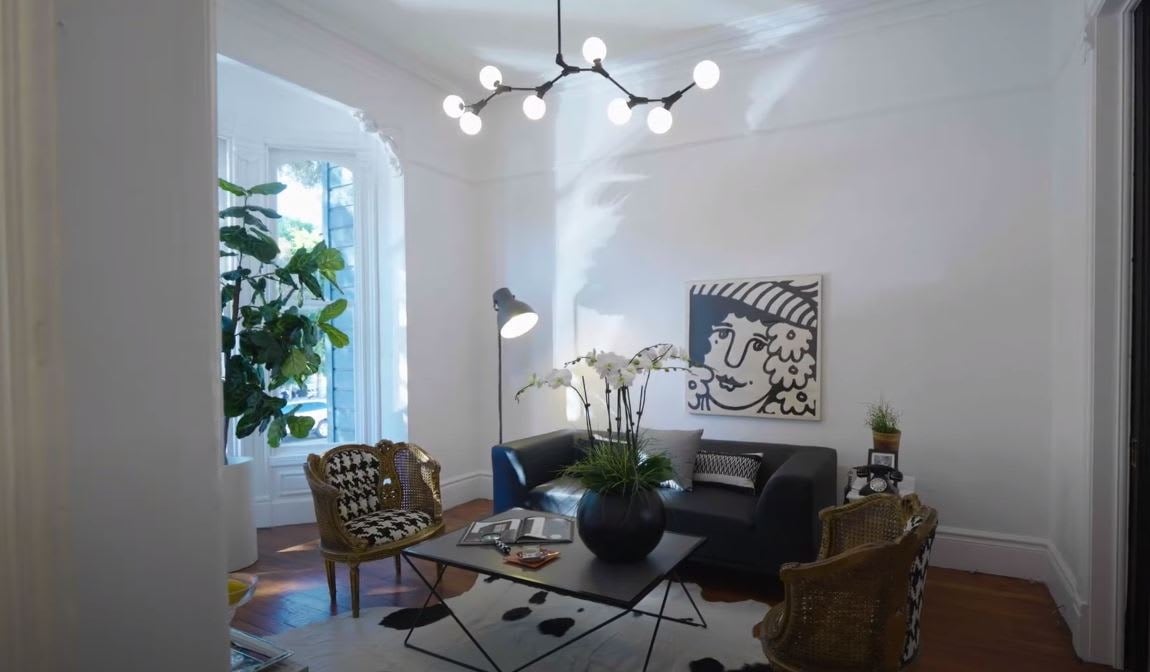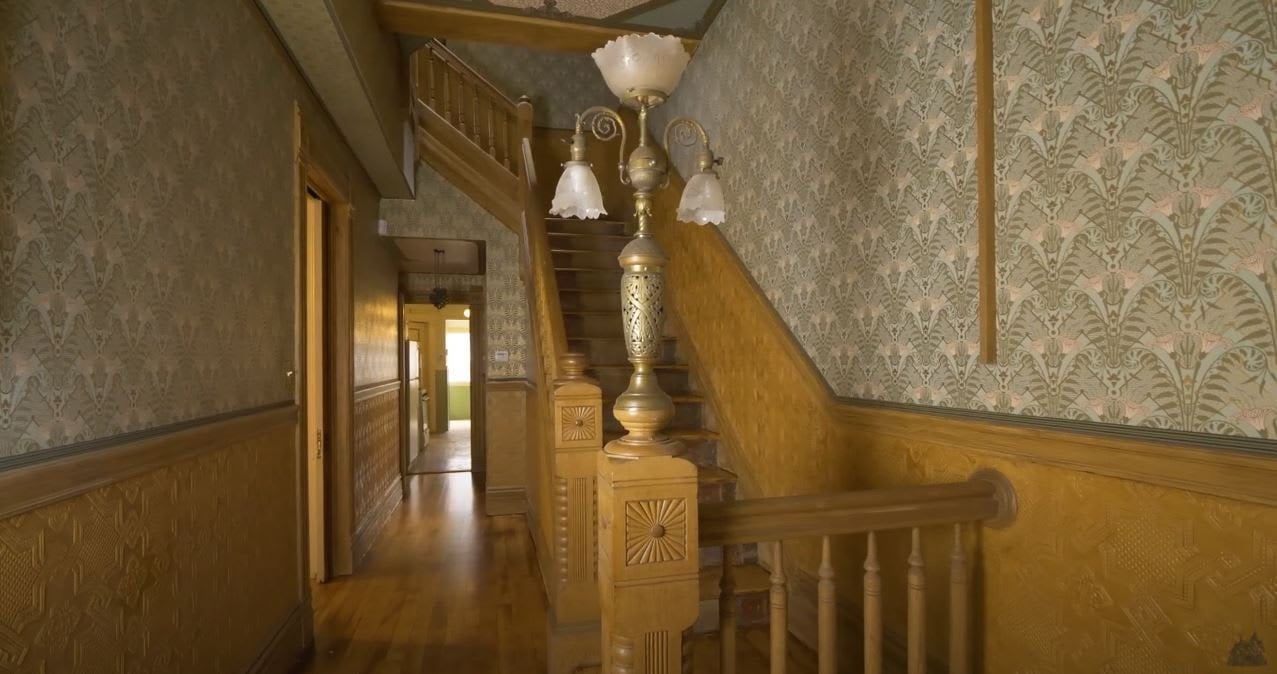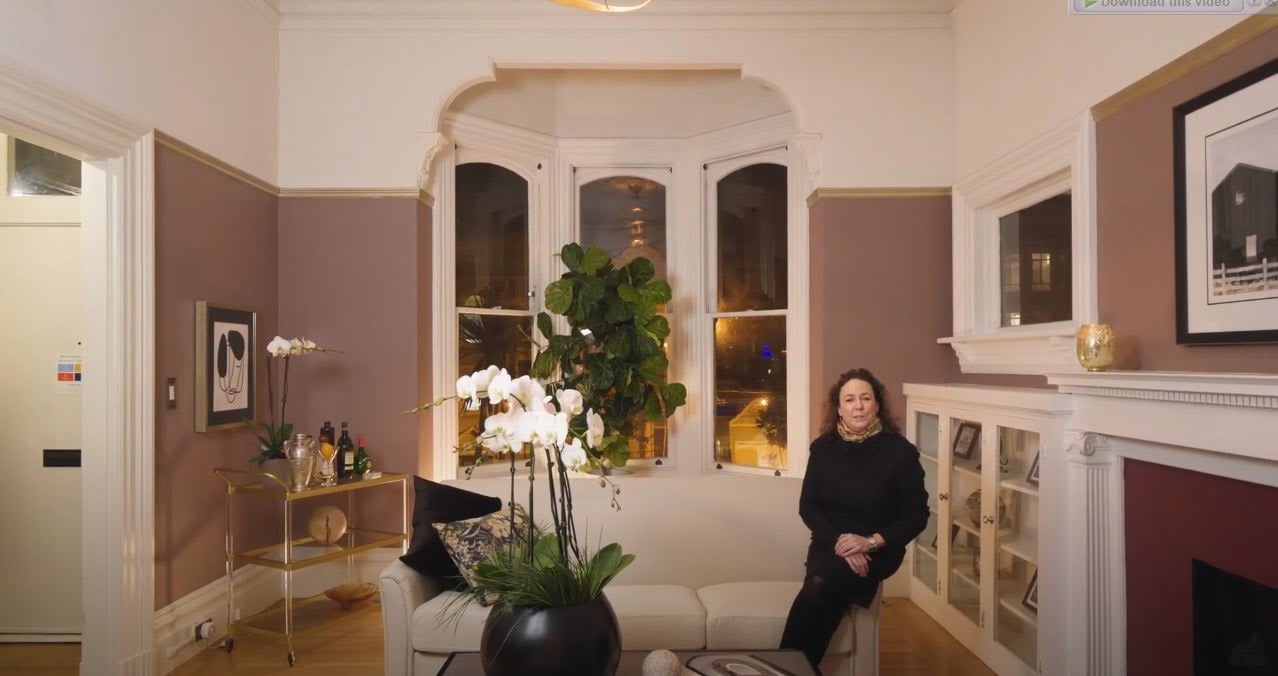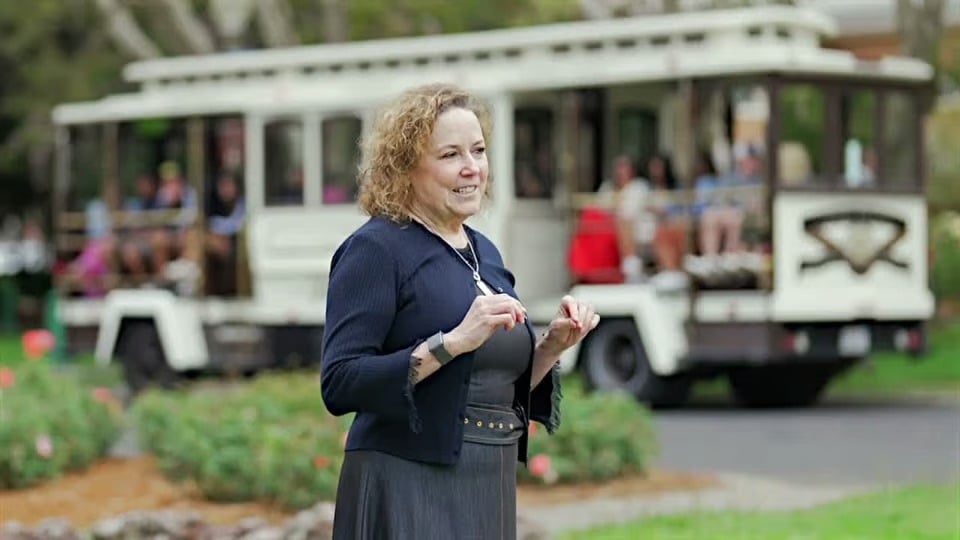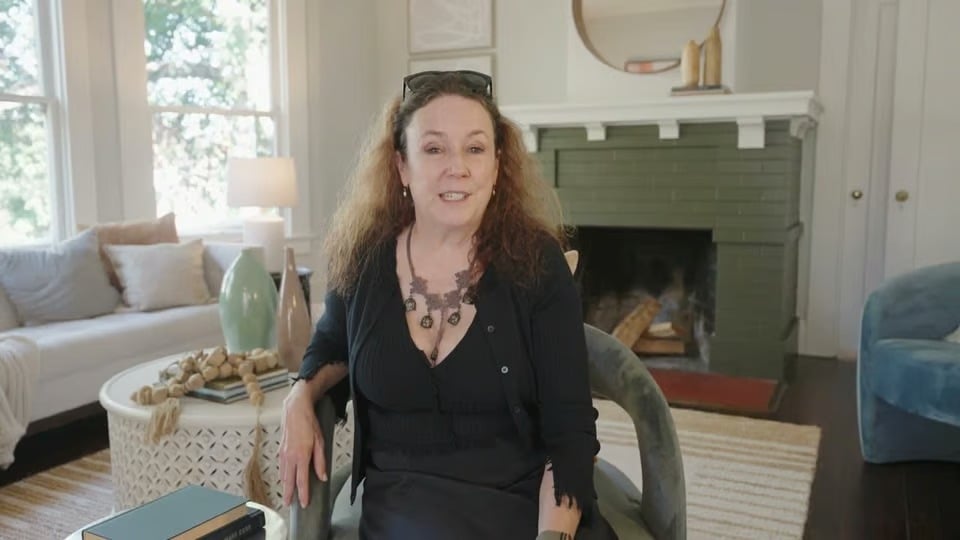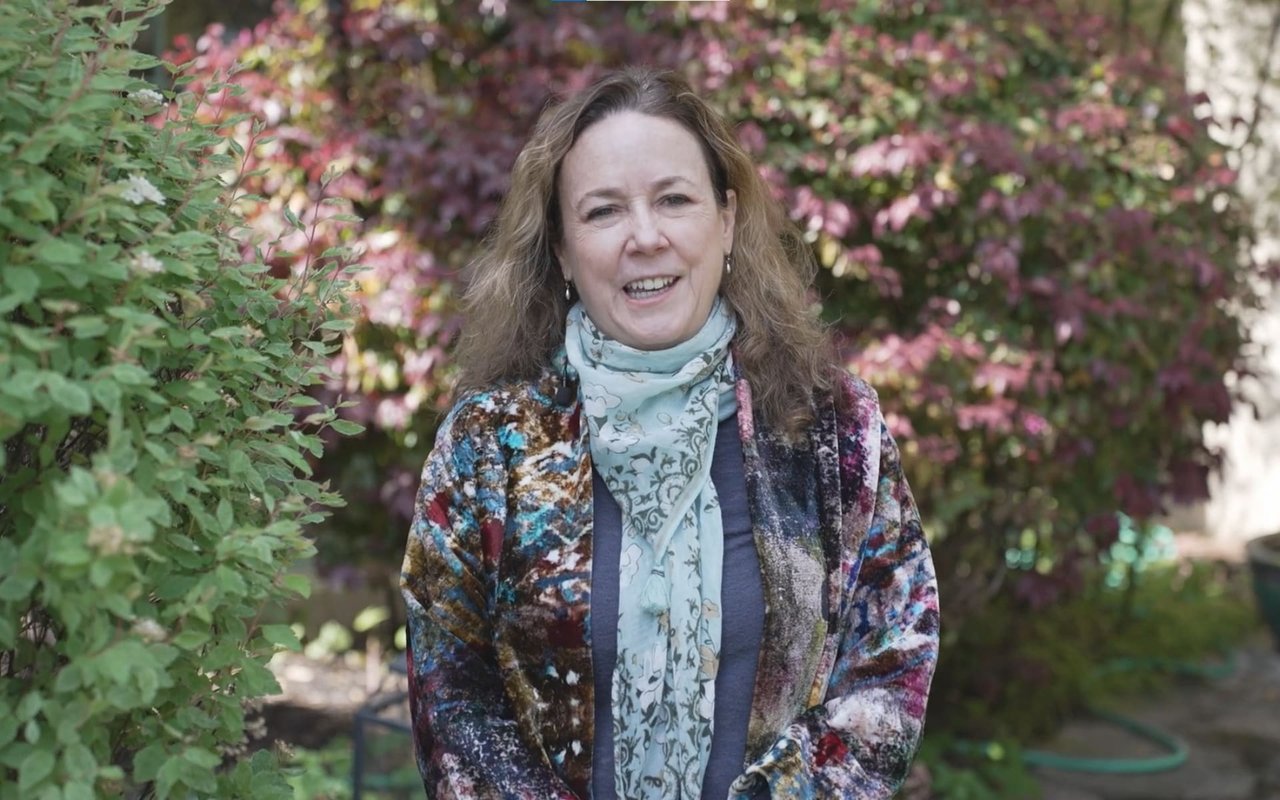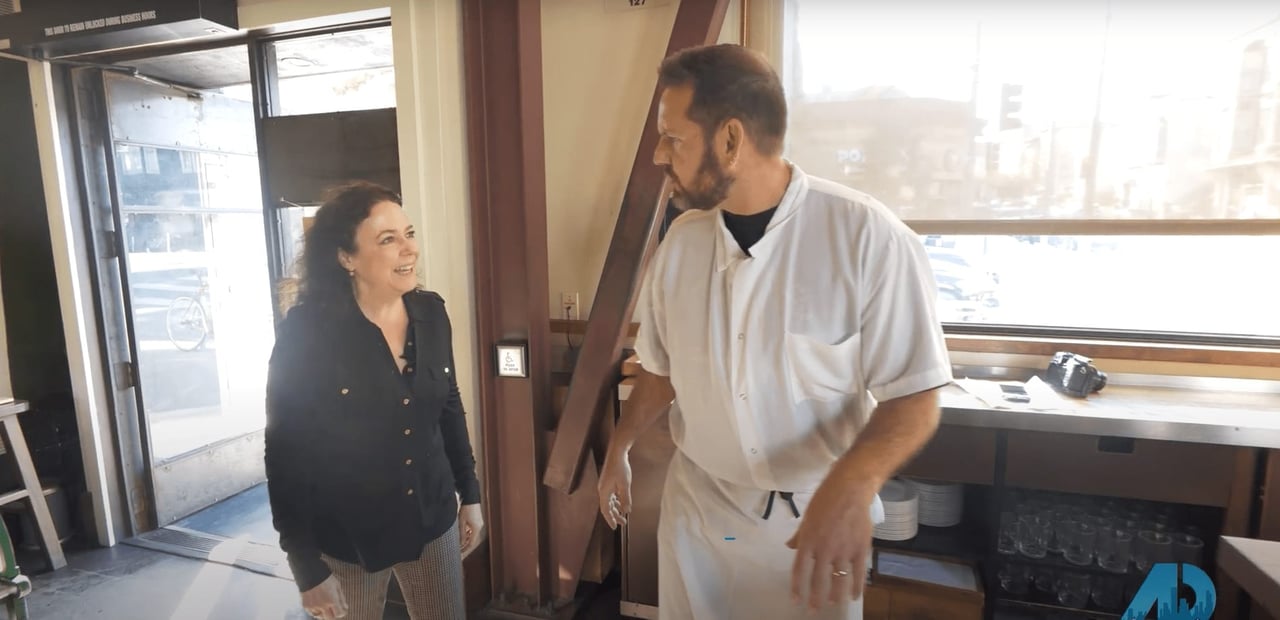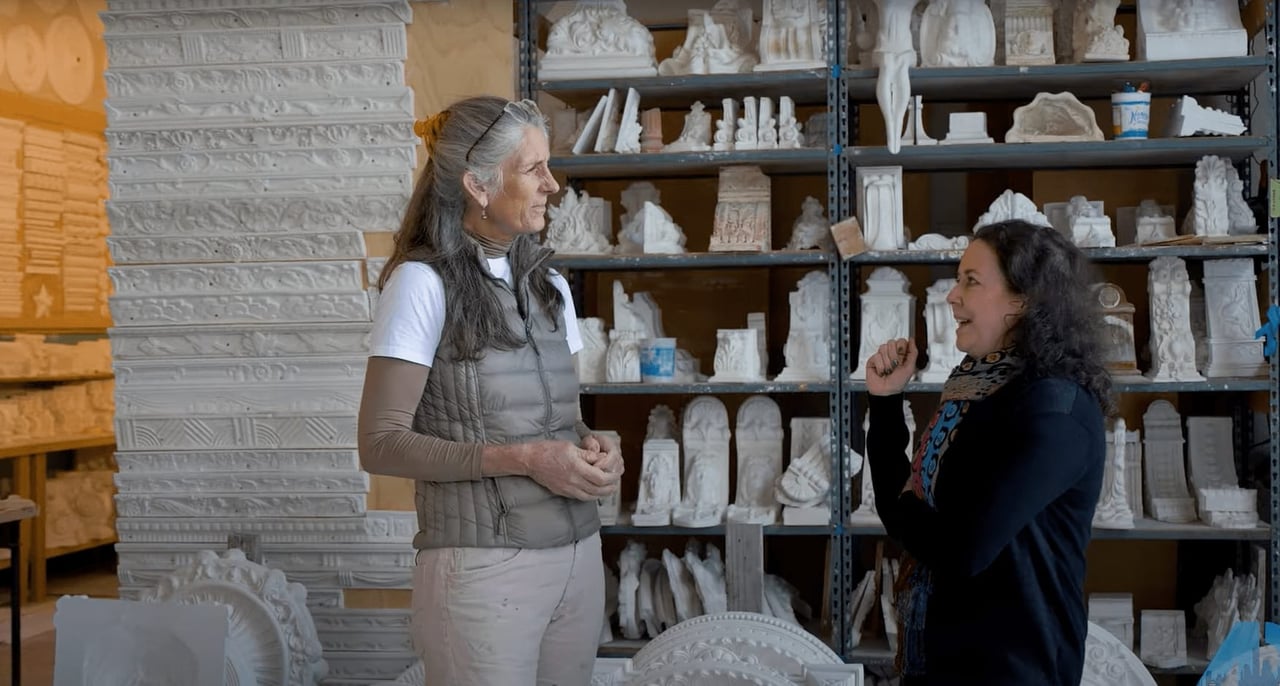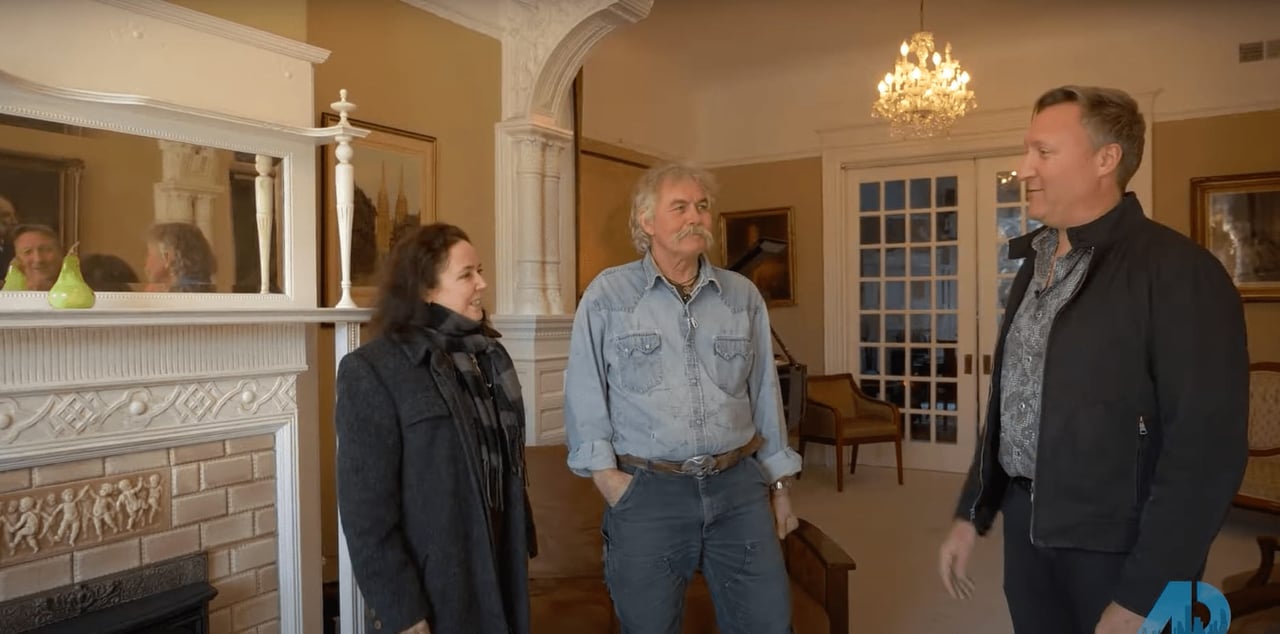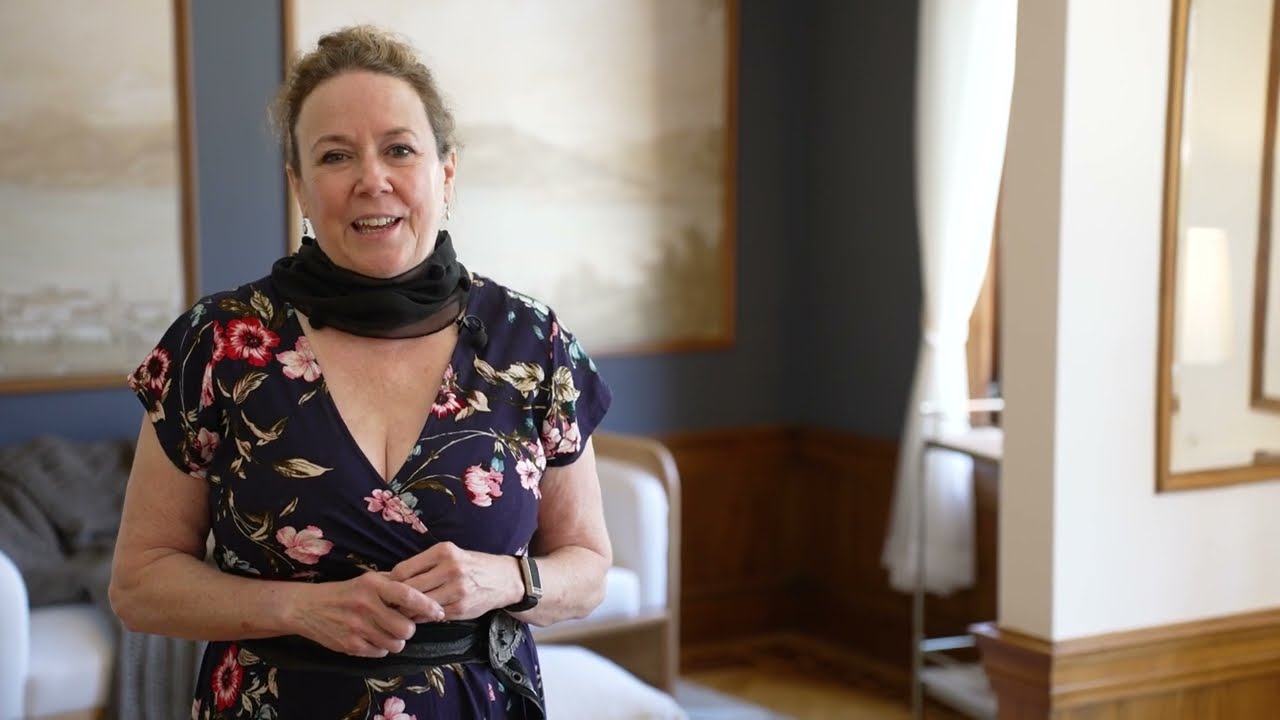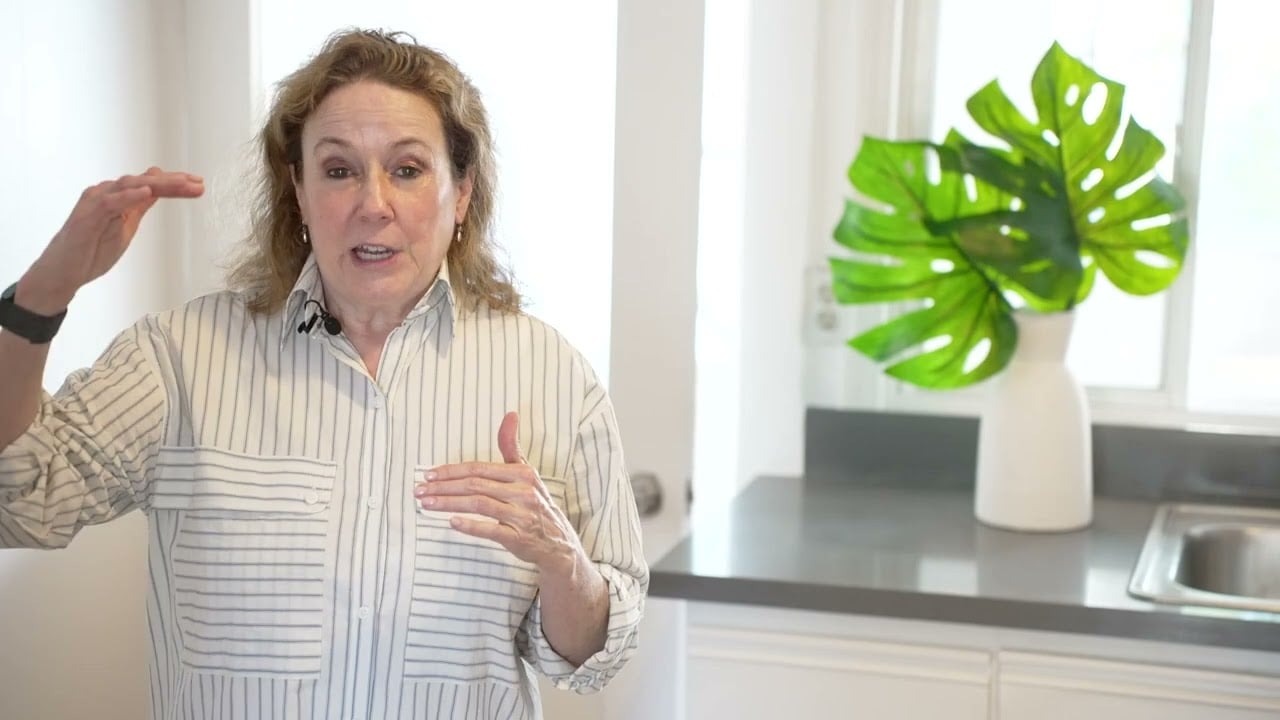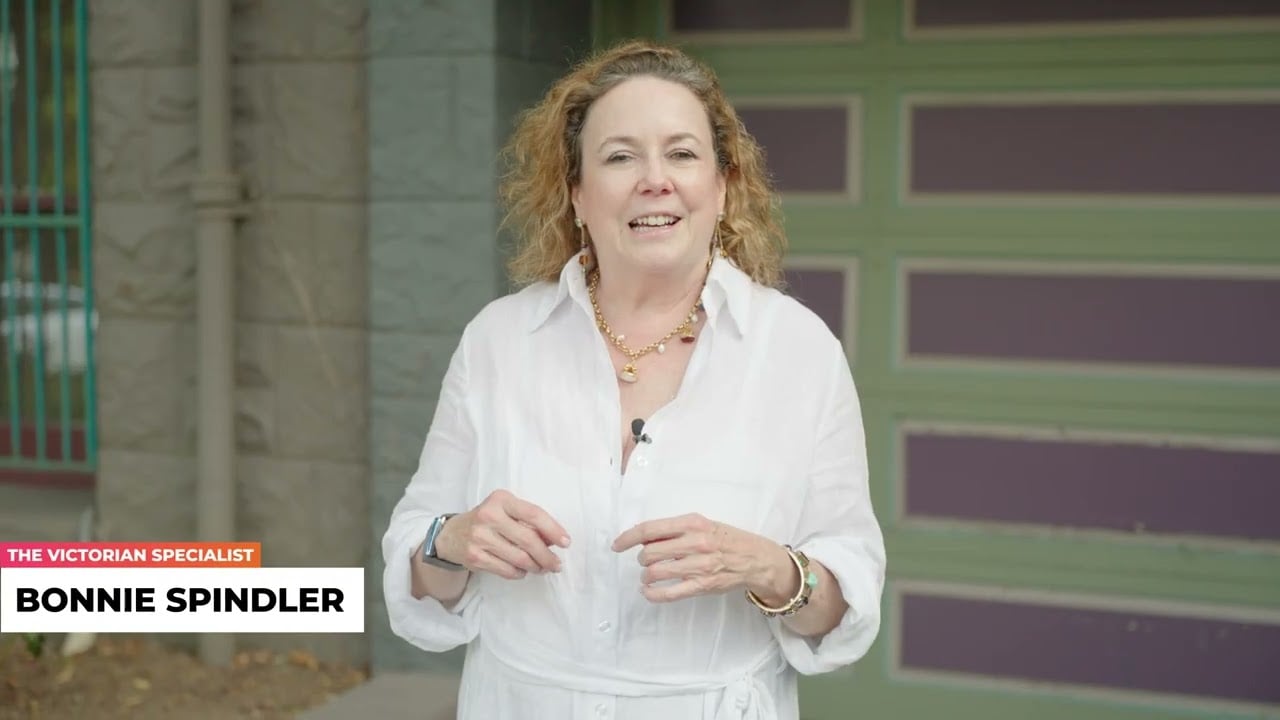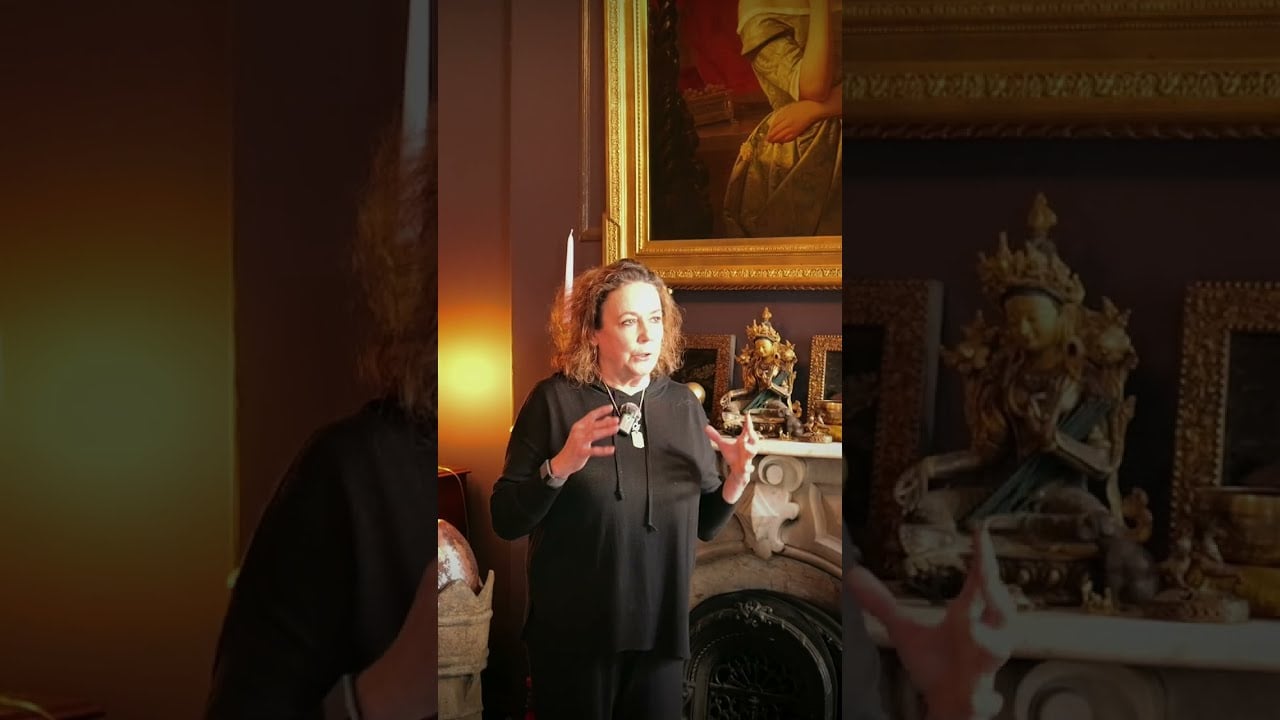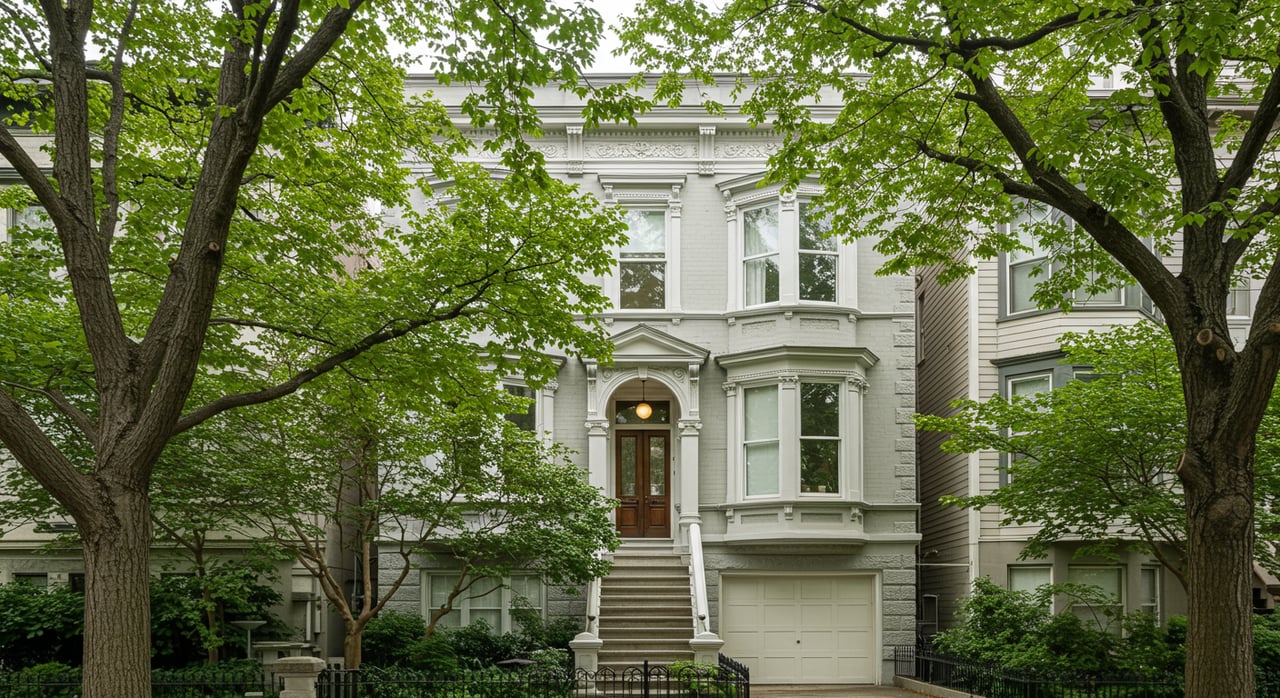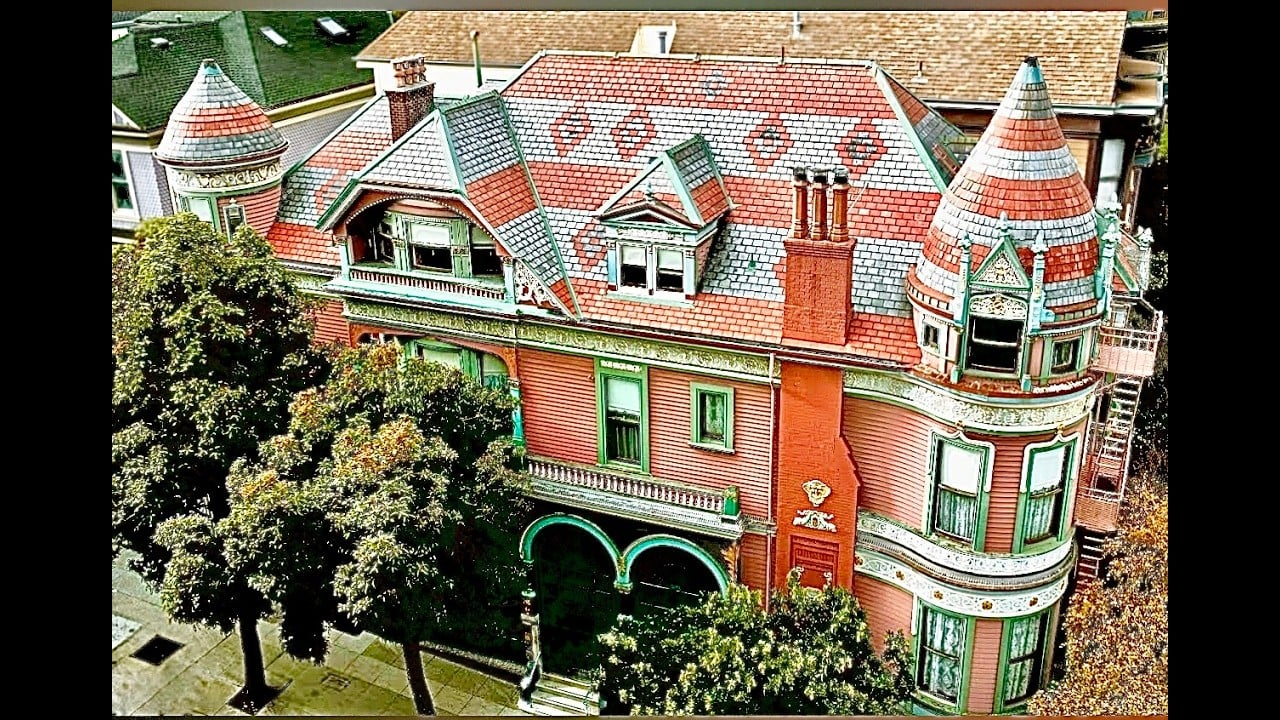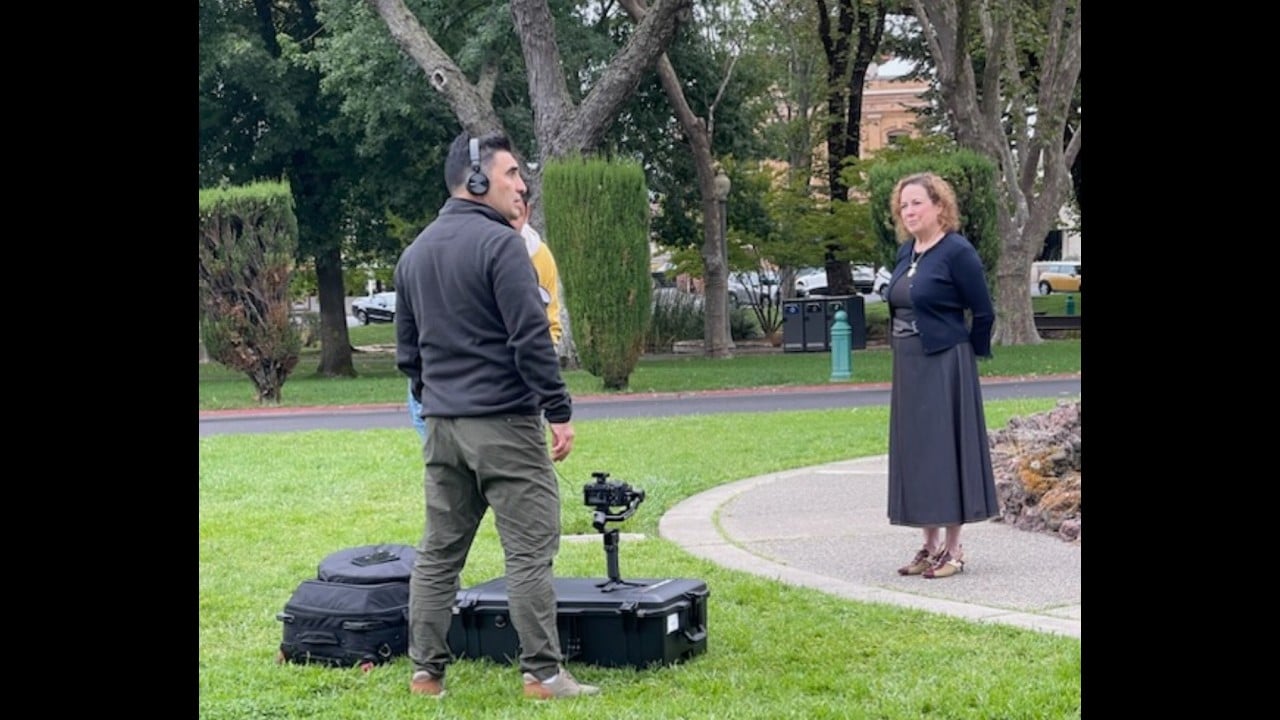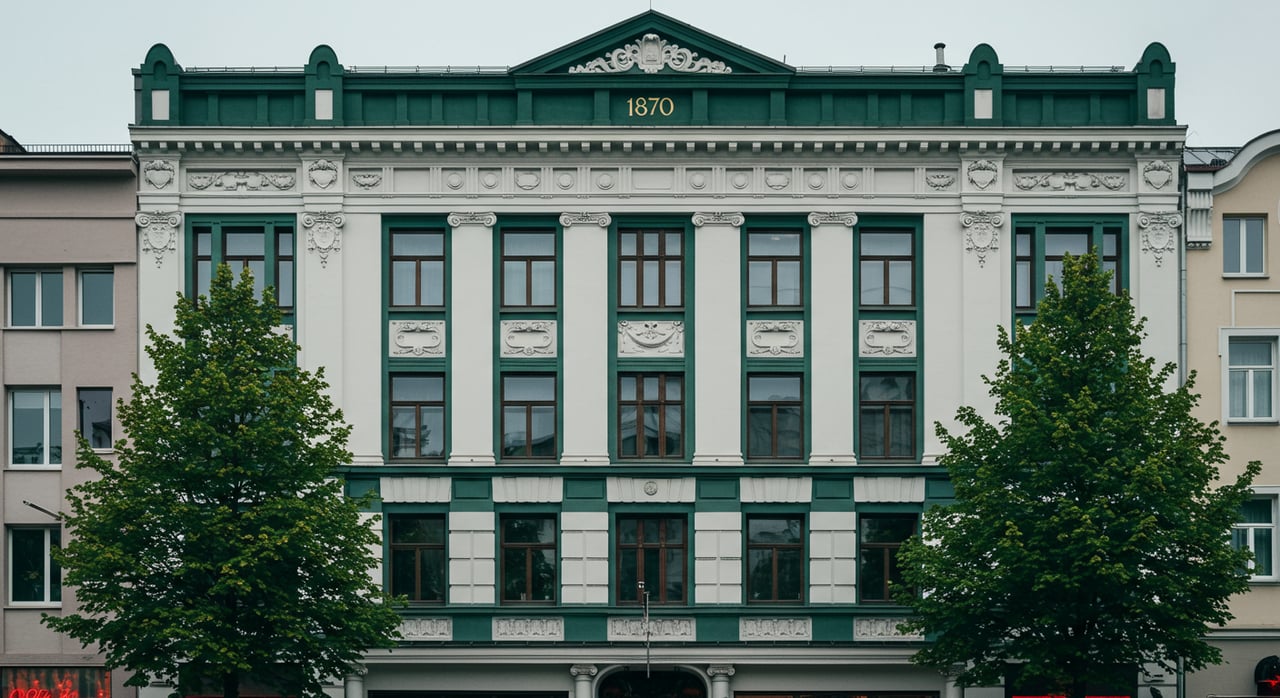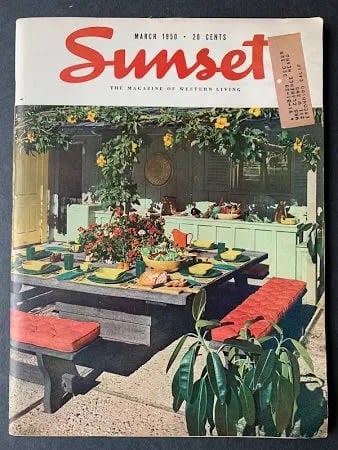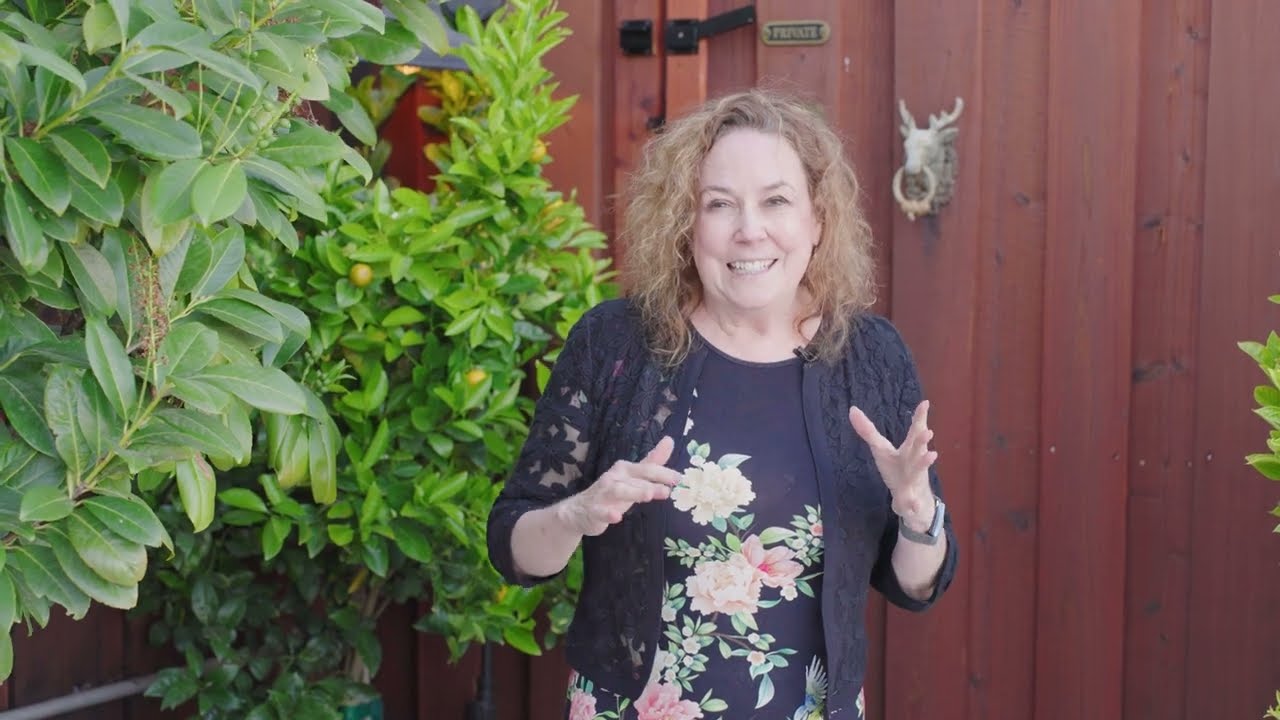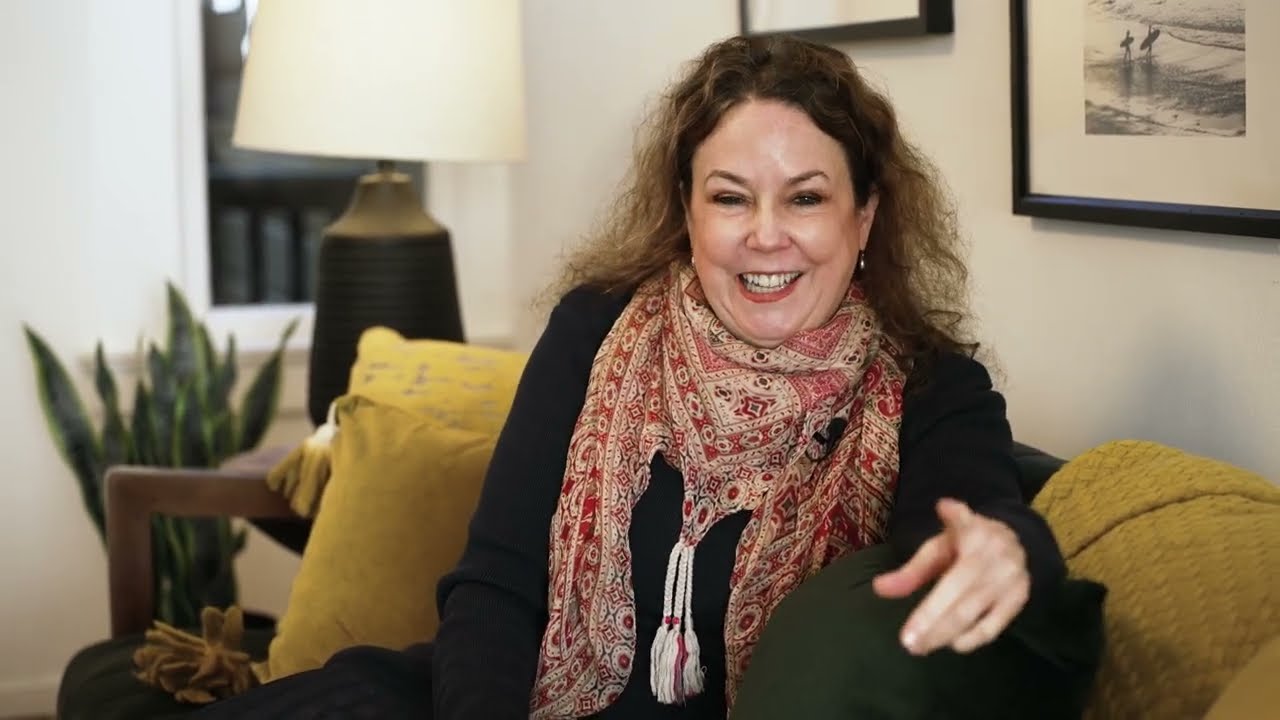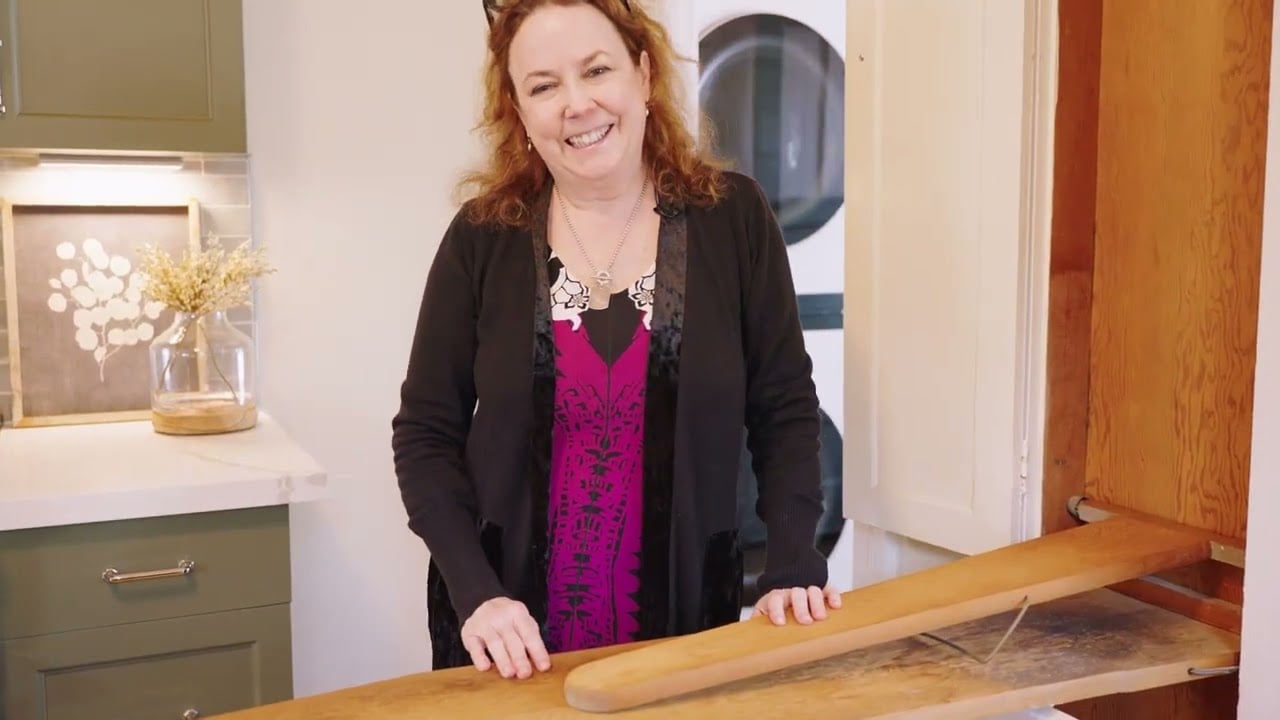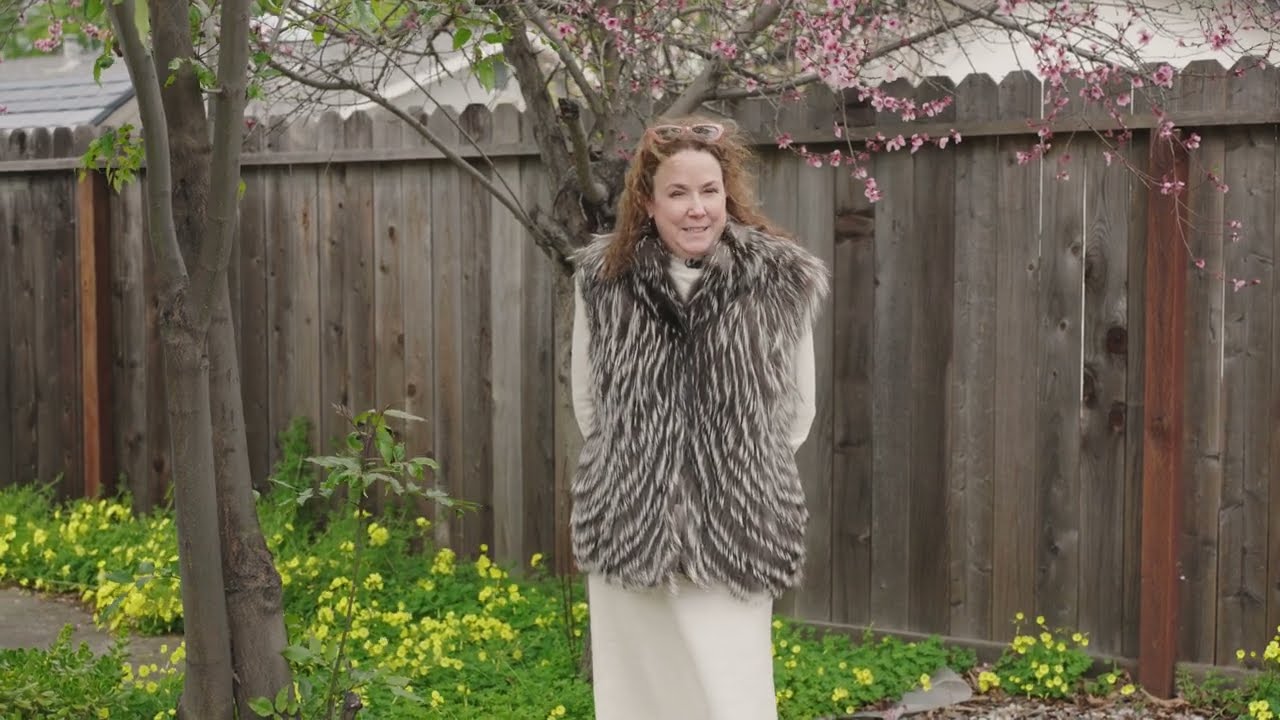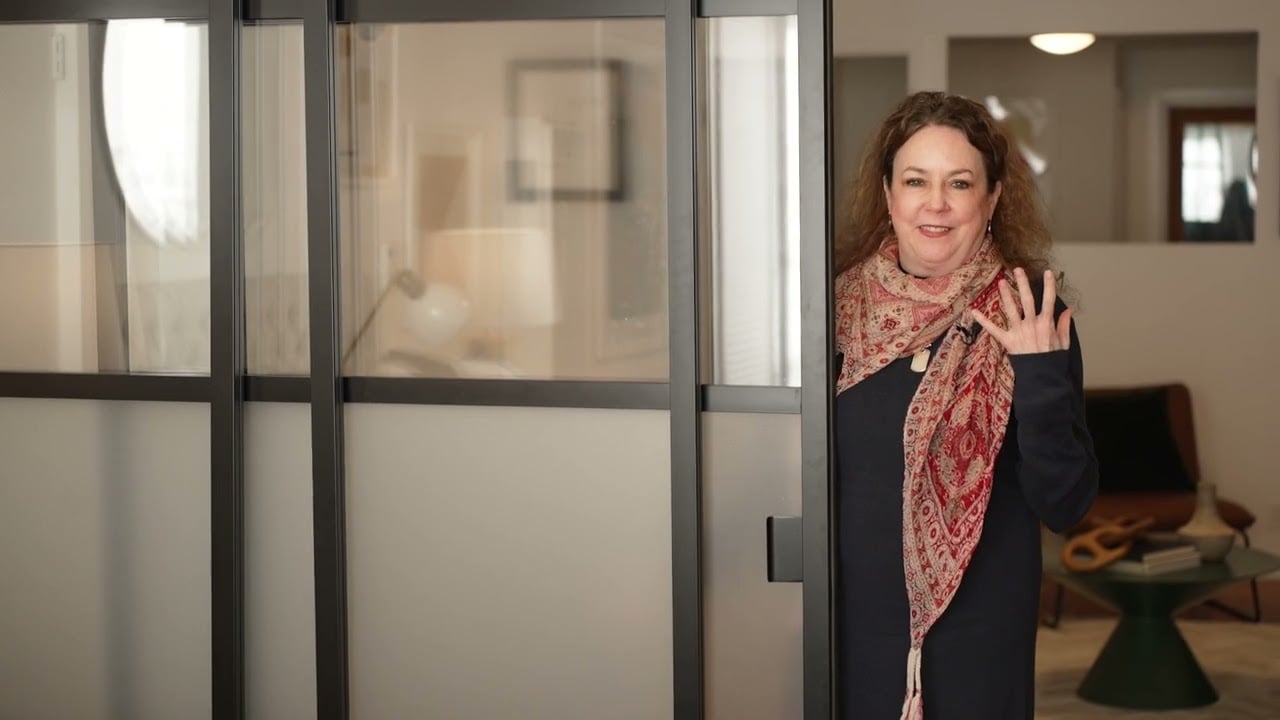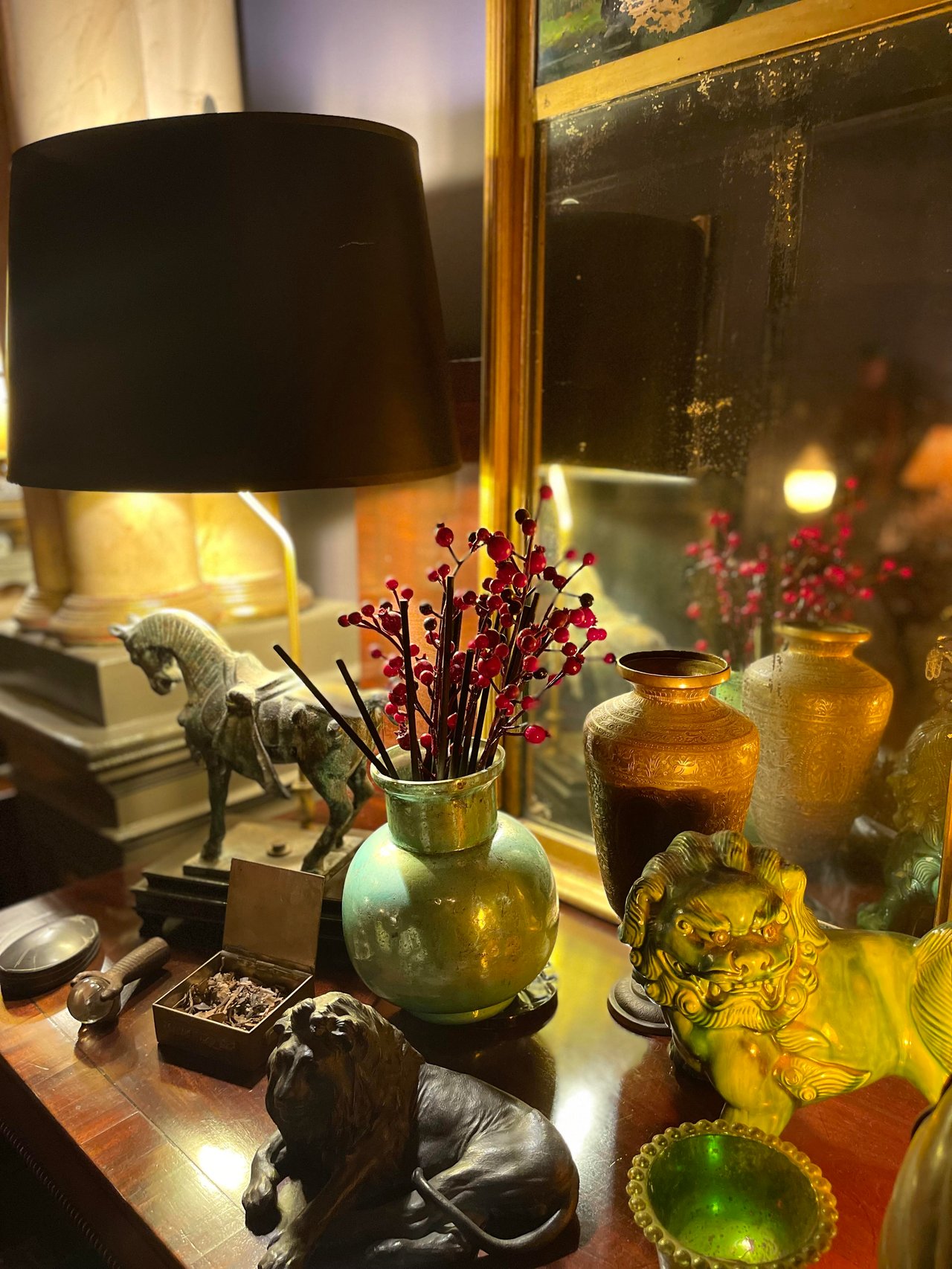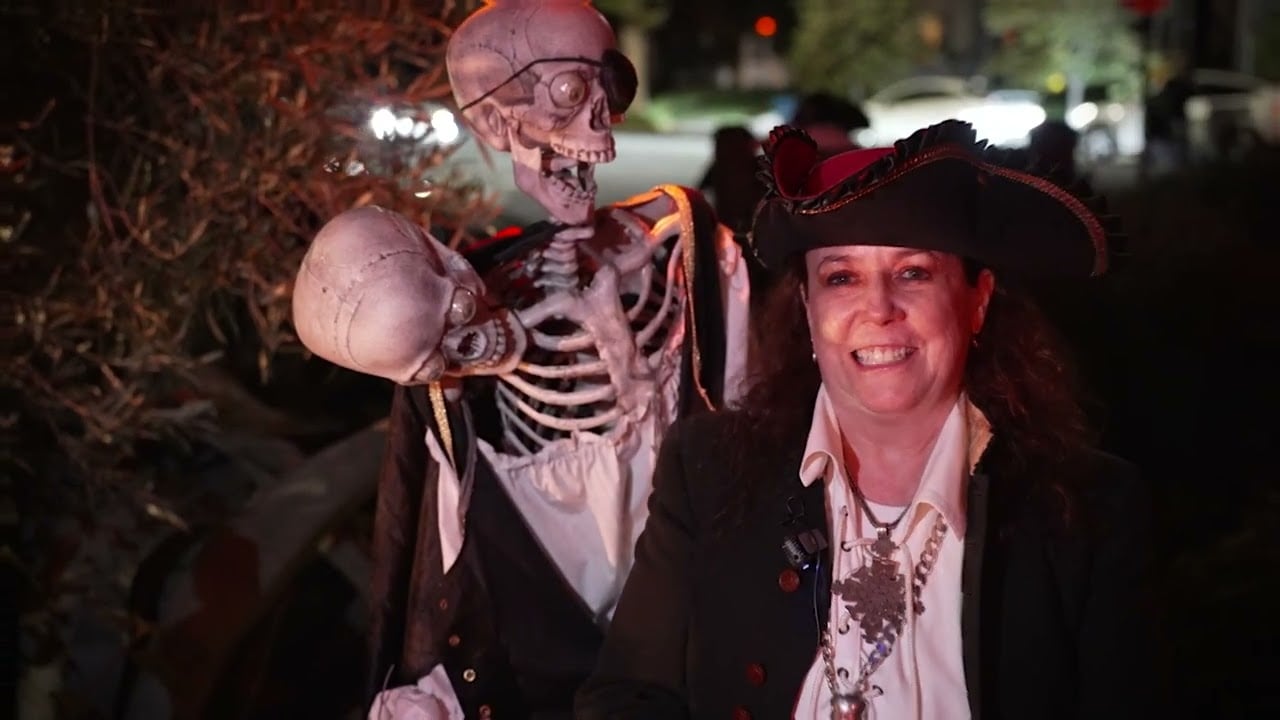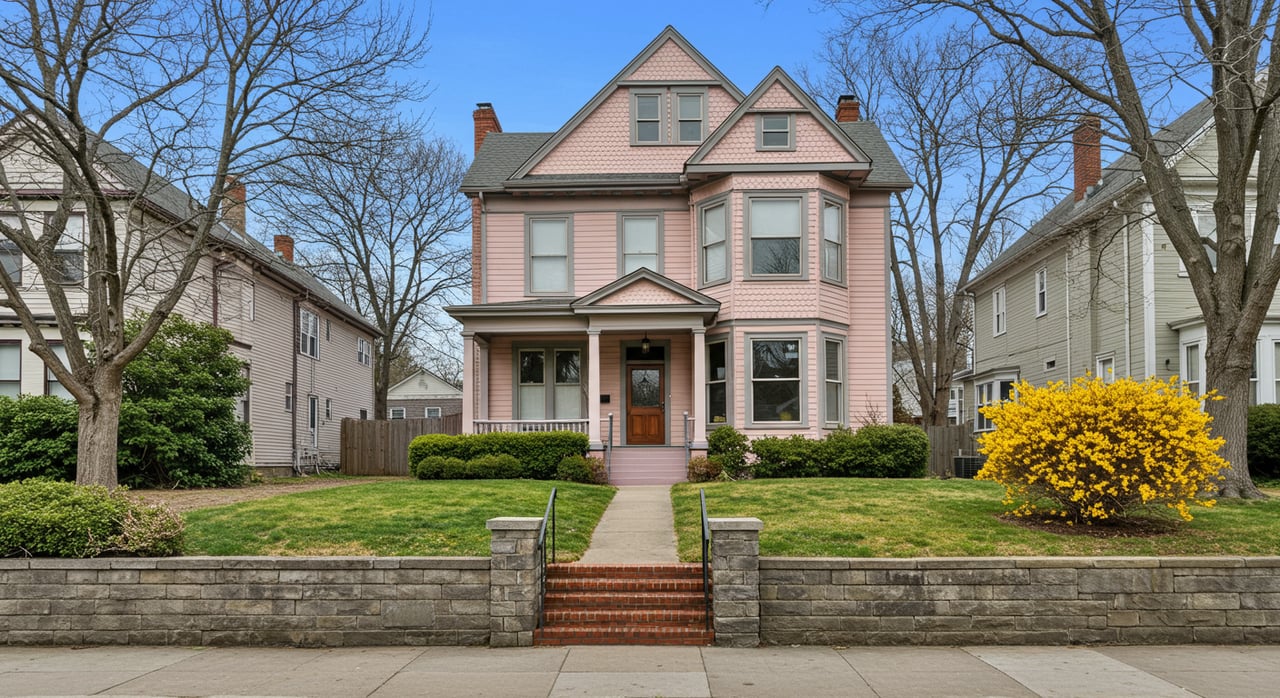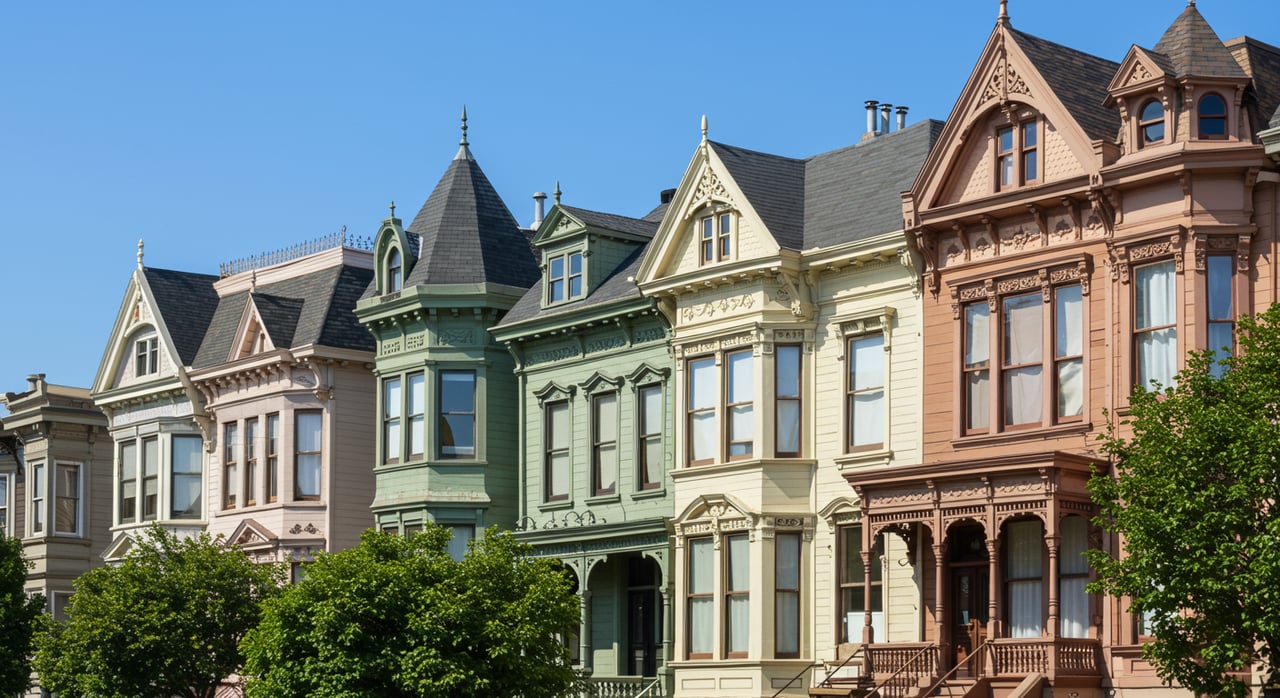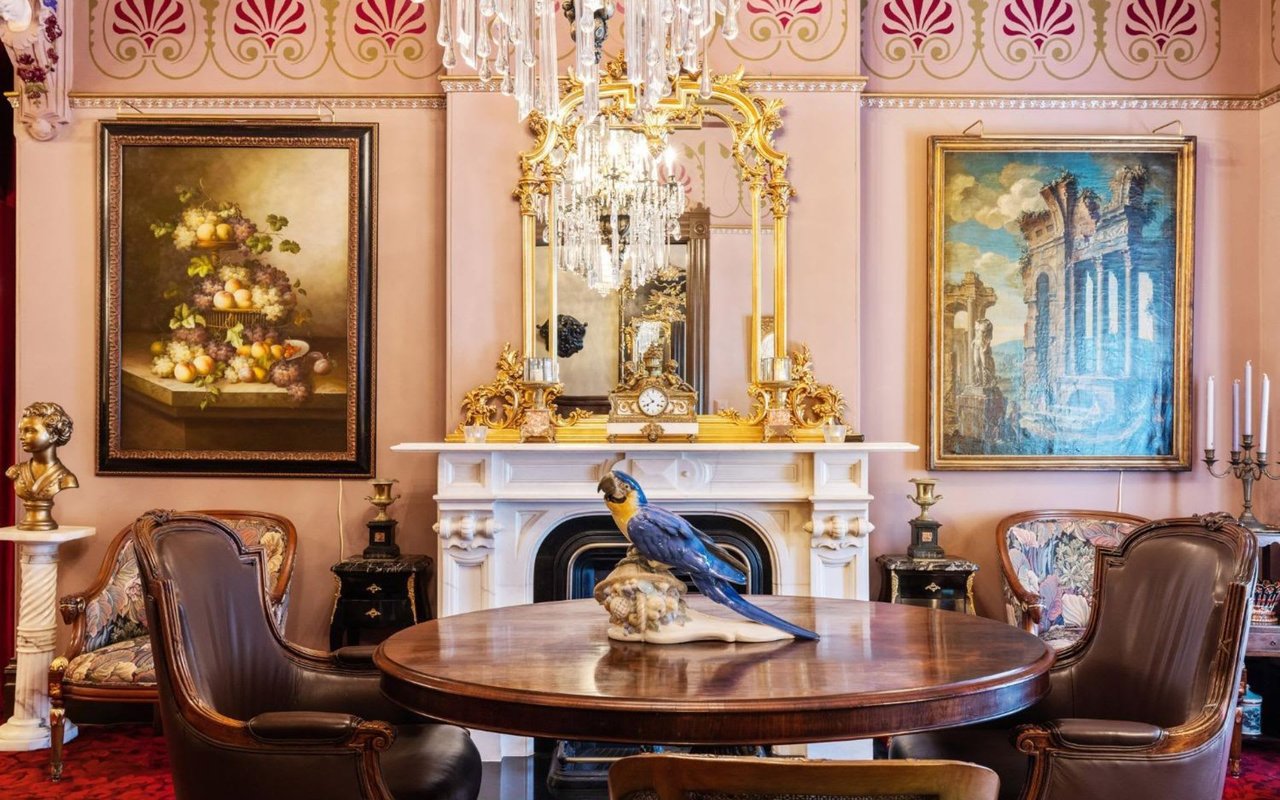As a teen, I had to get special permission from my high school principal to take a drafting class. Drafting and shop classes, you see, were only for boys. At that early age, I got a small inkling of what it might have been like to have been Julia Morgan. Julia Morgan was a trailblazing woman of firsts and my hero.
She was a California girl, born in the middle of the Victorian era. She attended Oakland High School and the University of California, Berkeley, at a time when most women didn’t go to college and got married right out of high school. Morgan was the first woman to receive a degree in civil engineering from Berkeley. At the urging of her teacher and friend Bernard Maybach, she applied to the Ecole des Beaux-Arts. It took three years, three tries, and learning French to be accepted. Just passing the entrance exam was considered an achievement to add to your CV. That being said, she was the first to be accepted into the program and the first woman to graduate with a degree in architecture. She came back to the United States after six years in Paris and California had changed in her absence. Industrialization was taking hold. Horses were being replaced with horseless carriages and gas lights were replaced by electric fixtures.
In 1899, her first job in California, after the Beaux-Arts, was as a designer for hot shot NYC architect John Galen Howard. He was chosen to work on UC Berkley’s master plan. Under Howard’s commission, Morgan designed the Mining Building and the Greek Theatre at the Berkley campus for the Hearst family. Howard bragged that she was “the best most talented designer, whom I have to pay almost nothing, as it is a woman.”
In 1903, she started her own firm so that her work would be appreciated and given proper credit. In 1904, she got her architecture license in the State of California, the first woman to do so. She was an entrepreneur, employer, suffrigette, and trailblazer for women in the workplace. She was also the first woman to be awarded (posthumously) the AIA Gold Medal.

She designed between 700 and 800 buildings during her career. Her noted projects include Heast Castle, San Simeon, the Assilamar, many YWCAs, the young jewish woman’s home, now owned by the San Francisco Zen Center, and the bell tower and Carnegie library at Mills College.
Along with Bernard Maybach, Willis Polk, Ernest Coxhead, and others, Morgan founded the First Bay Area Tradition style of architecture. The buildings are usually clad in unpainted wood shingles, and have an informal, open plan, hip or gable roof line, and redwood interiors. The homes are closely associated with and integrated into the land.
Four Julia Morgan-designed homes in Petaluma demonstrate a microcosm of Morgan’s range of styles and function. 210 West, a circa 1935 Renassiance Italian Villa, 14 Martha Street, a circa 1929 Cape Cod Georgian Revival, 15 Brown Court, a circa 1925 New England Federal-style and 707 D Street, a circa 1911 meld of Prairie-style and Tudor decoration.


